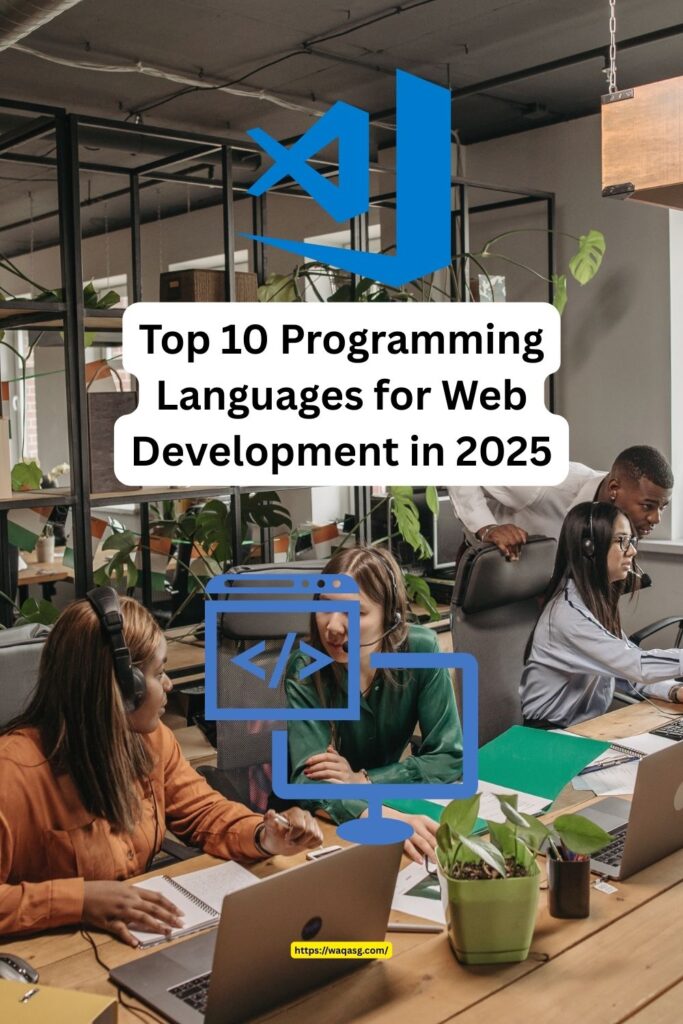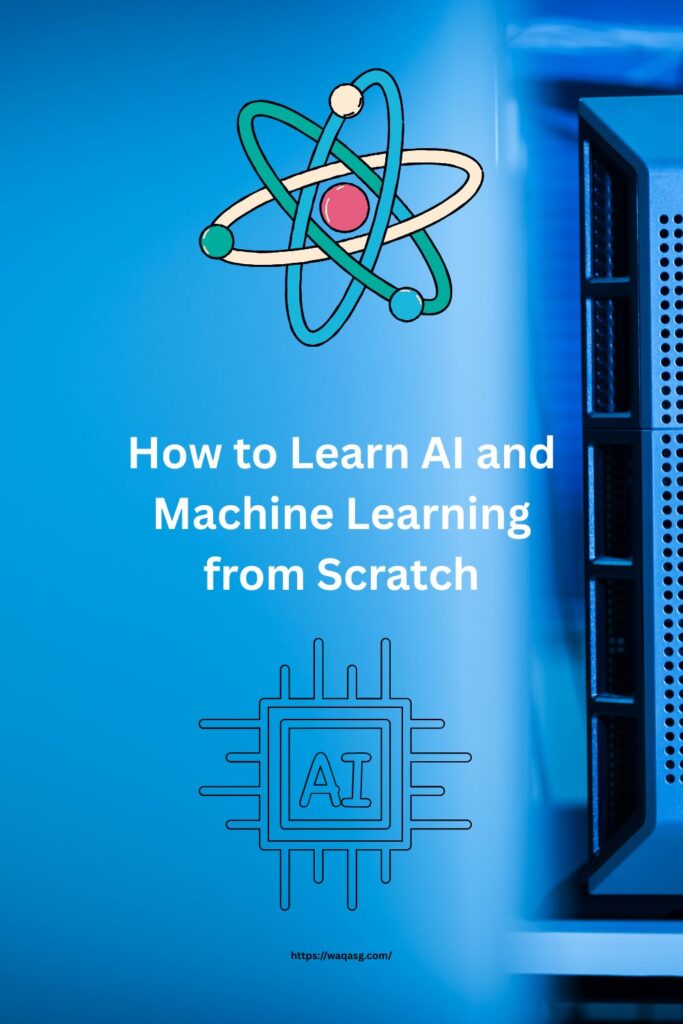Top 10 Programming Languages for Web Development in 2025
As technology continuously evolves, the field of web development is becoming increasingly sophisticated and competitive. The programming languages developers choose today will greatly influence their professional effectiveness and career trajectory in the near future. This post explores the top 10 programming languages poised to dominate web development by 2025, outlining each language’s strengths, applications, and why they’re critical to master for aspiring and seasoned web developers alike.
Introduction
The web development landscape is rapidly transforming, driven by advancements in artificial intelligence (AI), progressive web applications (PWAs), enhanced user experiences (UX), and increased reliance on cloud-based technologies. Professionals and students pursuing a career in web development must carefully choose programming languages to future-proof their skills.
Here, we present a detailed guide covering the most promising programming languages set to dominate web development by 2025. Each language is assessed on relevance, industry trends, demand, versatility, and ease of learning.
1. JavaScript (Including TypeScript)
JavaScript is the backbone of modern web development, dominating client-side scripting and increasingly essential for server-side programming with Node.js. TypeScript, a statically typed superset of JavaScript, is gaining popularity because it offers increased safety, scalability, and better developer tooling for large projects.
Use Cases:
- Interactive websites and dynamic user interfaces
- Front-end frameworks like React, Angular, Vue
- Server-side applications using Node.js
- Progressive Web Applications (PWAs)
Key Strengths:
- Universal browser support
- Extensive community and robust ecosystem
- Excellent tooling and debugging support
- Versatile, suitable for both frontend and backend
2. Python
Python’s readability and versatility make it a top choice for web development. Its powerful frameworks (like Django, Flask, and FastAPI) facilitate rapid and secure web app development, especially beneficial in data-driven or AI-integrated applications.
Use Cases:
- Data-intensive web applications and analytics dashboards
- Web services with Django, Flask, and FastAPI
- AI- and ML-powered web solutions
Key Strengths:
- Highly readable and maintainable code
- Extensive libraries and frameworks ecosystem
- Strong integration with AI and data science
- Robust community support and active development

3. Java
Java remains a leading language, particularly within enterprise web applications. Its robust ecosystem, security, scalability, and powerful frameworks (such as Spring Boot) simplify the development of large-scale backend services and microservices architectures.
Use Cases:
- Enterprise web applications
- Backend services and RESTful APIs
- Microservices architectures (e.g., Spring Cloud)
Key Strengths:
- Exceptional security and performance
- Mature, reliable ecosystem
- Strong presence in enterprise environments
- Excellent scalability for large applications
4. Rust
Rust’s rapid growth is due to its performance, memory safety, and security benefits. Initially popular in system-level programming, Rust is now increasingly adopted in web development for secure and efficient backend services, often paired with WebAssembly.
Use Cases:
- Secure, performance-critical web backends
- APIs requiring high efficiency and safety
- WebAssembly-based front-end applications
Key Strengths:
- Memory-safe and secure by design
- High-performance execution
- Exceptional concurrency capabilities
- Ideal for security-focused web apps
5. Go (Golang)
Go is recognized for its simplicity, concurrency, and performance, making it perfect for scalable backend services, cloud-native web apps, and microservices architectures. It’s highly favored in cloud platforms and DevOps environments.
Use Cases:
- Cloud-native web applications
- Microservices and containerized environments (Docker/Kubernetes)
- High-performance backend APIs
Key Strengths:
- Simple, readable, and efficient syntax
- Built-in concurrency support
- Quick compilation and fast execution
- Scalable and easy to maintain
6. PHP
PHP remains highly relevant due to its ease of use, rapid deployment, and the popularity of powerful frameworks like Laravel and Symfony. Despite competition, it remains extensively used for dynamic web applications and content management systems.
Use Cases:
- Content management systems (WordPress, Drupal)
- E-commerce platforms (WooCommerce, Magento)
- Web applications with Laravel or Symfony
Key Strengths:
- Quick development and deployment cycles
- Strong community and resource availability
- Mature and developer-friendly frameworks
- Broad usage in established web platforms
7. Kotlin
Originally developed for Android, Kotlin is increasingly popular in web development due to its clean syntax, productivity gains, and full interoperability with Java. Kotlin’s web frameworks (Ktor, Spring Boot extensions) make it attractive for multiplatform development.
Use Cases:
- Backend web applications and APIs
- Multiplatform development (web + Android/iOS)
- Modern, JVM-based web services
Key Strengths:
- Concise, expressive syntax
- Seamless Java interoperability
- Enhanced productivity over Java
- Growing support for web-specific frameworks
8. C# (with .NET)
C# combined with Microsoft’s continuously evolving .NET ecosystem provides robust, secure, and highly scalable solutions. It supports cross-platform web app development, with growing adoption of innovative frameworks like Blazor WebAssembly.
Use Cases:
- Enterprise-grade web applications
- Cloud-based web services and integrations (Azure)
- Interactive WebAssembly applications with Blazor
Key Strengths:
- Strong security and reliability
- Excellent tooling (Visual Studio, Azure DevOps)
- Cross-platform development capabilities
- Extensive Microsoft ecosystem support
9. Swift
Swift, originally designed by Apple for iOS development, is now making strides in web development. Server-side frameworks such as Vapor allow Swift to power backend web applications seamlessly integrated with Apple’s ecosystem.
Use Cases:
- Web apps integrated closely with Apple platforms
- APIs for mobile/web hybrid applications
- High-performance server-side web apps
Key Strengths:
- Modern, safe, and expressive language
- Seamless integration with the Apple ecosystem
- Efficient execution, ideal for performance-critical web apps
- Strong growing community, particularly for Apple-centric development
10. Dart (with Flutter Web)
Dart, paired with Google’s Flutter framework, is rapidly emerging as a powerful tool for cross-platform application development. Flutter Web allows developers to create highly interactive, visually rich web applications using a single codebase for web, mobile, and desktop.
Use Cases:
- Cross-platform web/mobile applications
- Progressive Web Apps (PWAs)
- Rich, interactive user interfaces
Key Strengths:
- Single codebase for web, mobile, and desktop platforms
- Rapid development and iteration cycles
- Rich interactive capabilities and UI design
- Strong backing from Google with expanding community support
Conclusion and Recommendations
By strategically choosing these languages, both students entering the field and professionals looking to upgrade their skills will position themselves effectively for future opportunities in web development. Versatile languages like JavaScript, Python, and Go remain universally beneficial, while emerging languages such as Rust, Kotlin, and Dart offer exciting opportunities to specialize and differentiate.
In web development, continuous learning is key. Stay adaptable, choose languages that align with your professional objectives, and keep your skills future-ready.
Stay Informed and Ahead
Subscribe to our newsletter and follow our blog regularly to keep up-to-date with essential insights, web development trends, tutorials, and career advice.
Happy coding!



